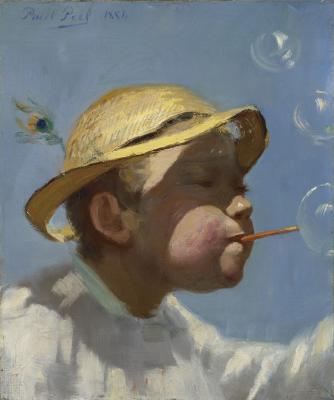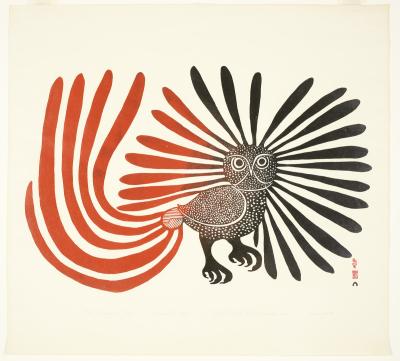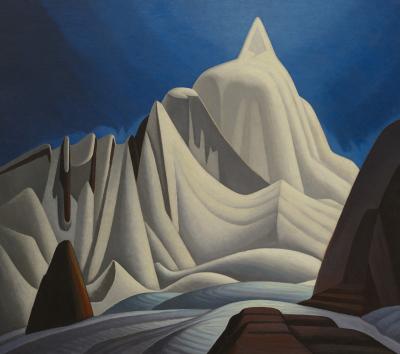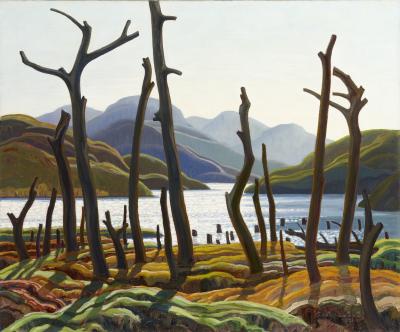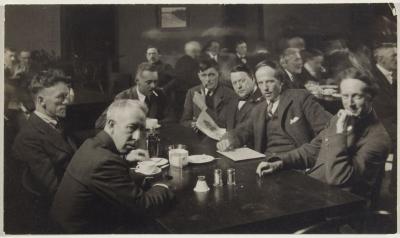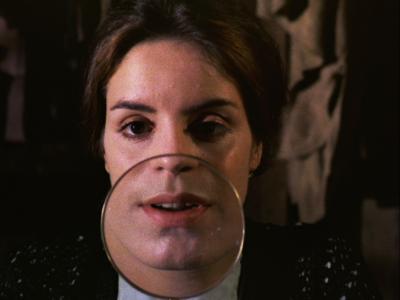Paul Peel's Summer Reveries
The Ontario–born painter’s bucolic portraits of children blend rigour and sentiment
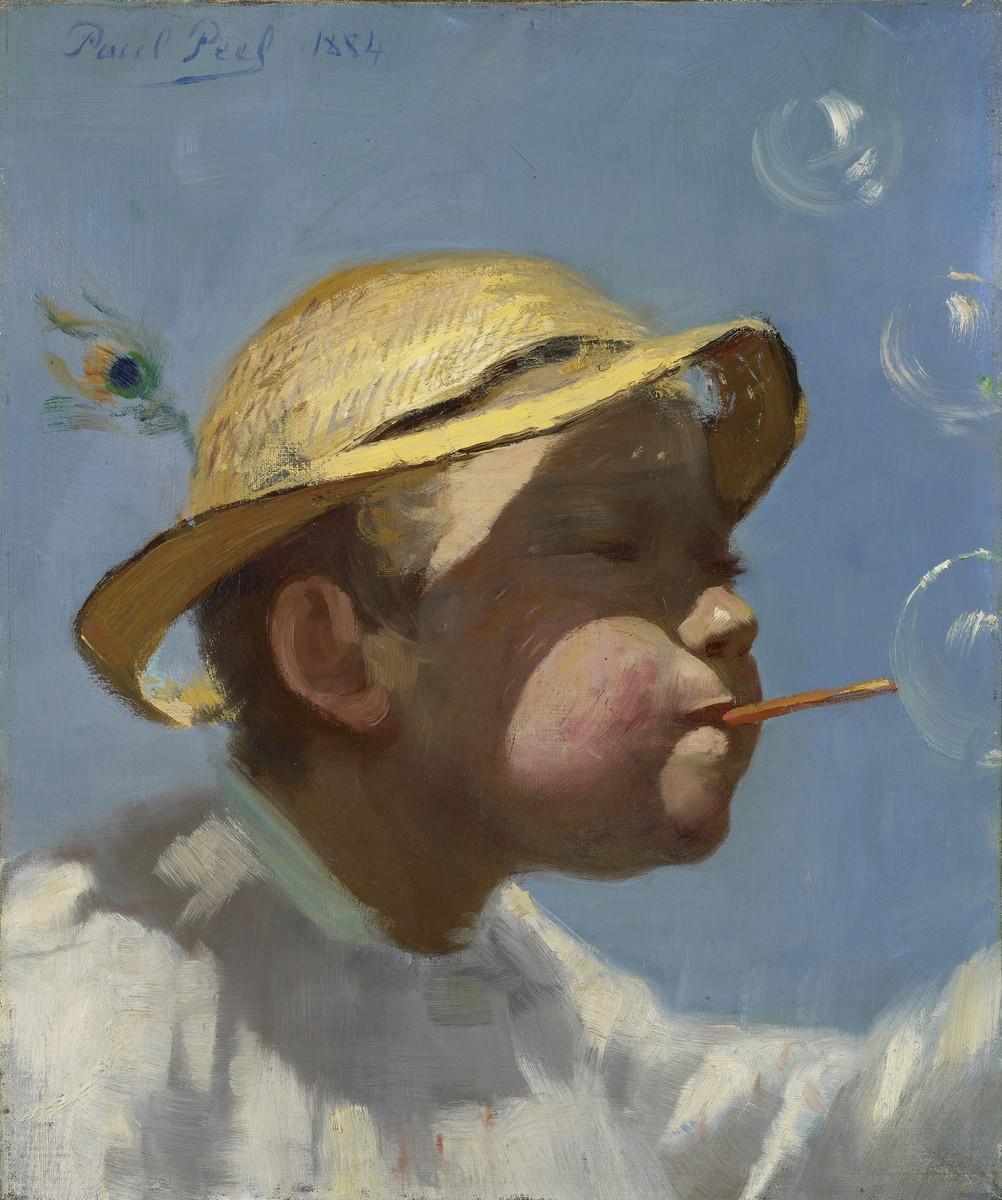
Paul Peel. The Bubble Boy, 1884. Oil on canvas, Overall: 43.2 × 35.9 cm. Art Gallery of Ontario. Bequest of Mrs. Marjorie F. Barlow, Toronto, 1968, in memory of her grandfather, James McGee. Photo © AGO. 67/60
Take a moment to revisit these two scenes of bucolic childhood, on view now as part of Reality and Reverie: Canadian and European Painting Beyond Impressionism. Installed side by side, these two works by Ontario-born painter Paul Peel (1860-1892) are longstanding visitor favourites, and currently take centerstage as part of an installation highlighting the late 19th century and early 20th century fascination with portraying imagining, dreaming, and learning.
In each oil on canvas - the playfully exuberant portrait The Bubble Boy (1884), and the idyllic encounter of a small boy with a brown toad that is The Young Biologist (1891) - Peel applies the rigors of his academic technique to the sentimental subject of childhood wonder. This mixture, repeated throughout his tragically short career, made him internationally renowned in his own time and beloved by visitors since.
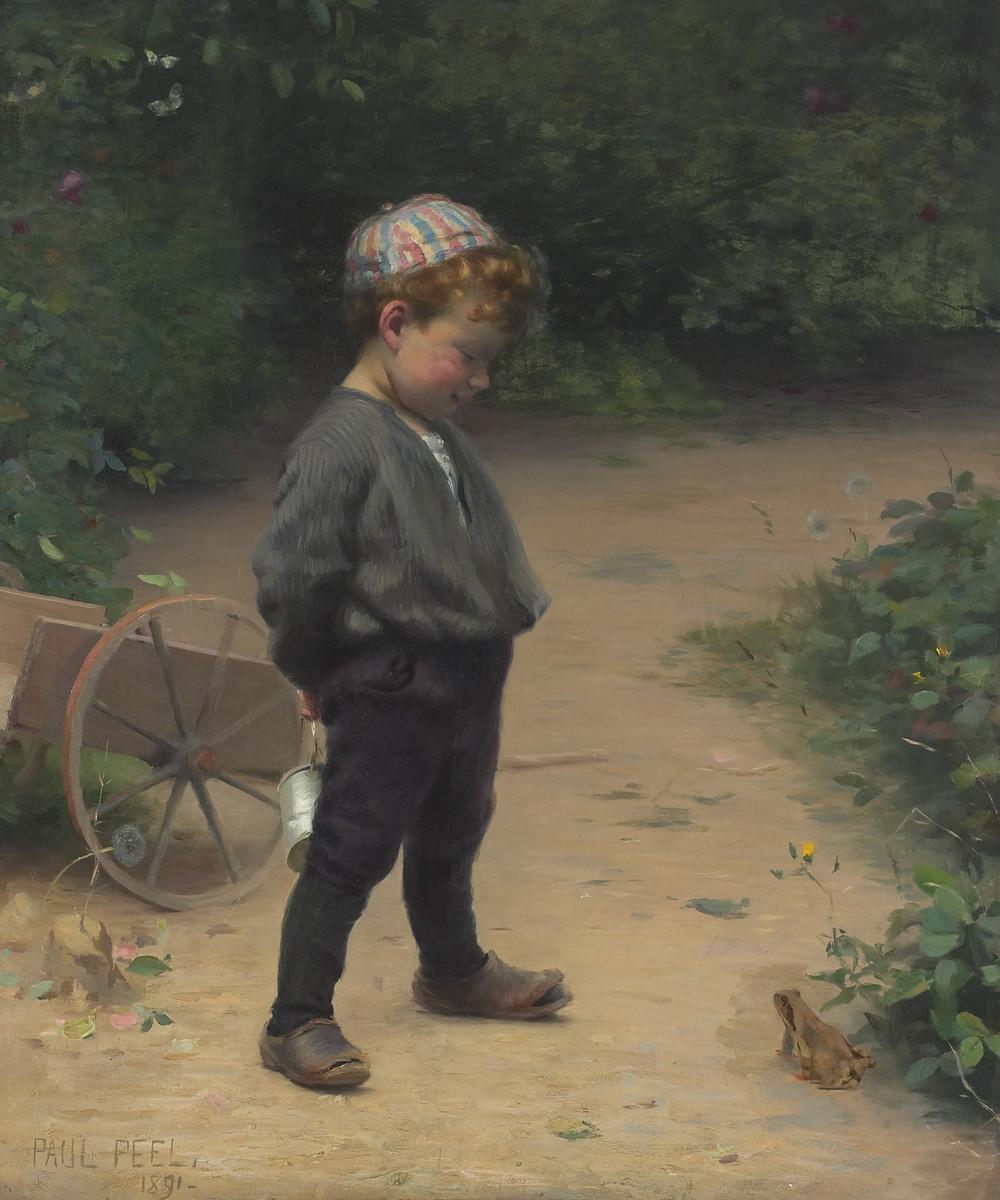
Paul Peel. The Young Biologist, 1891. Oil on canvas, Overall: 119.4 x 99.1 cm. Art Gallery of Ontario. Bequest of T.P. Loblaw, Toronto, 1933. Photo © AGO. 2135
“Exuding joyful anticipation, both artworks demonstrate Peel’s acute awareness of light and shadow,” says Renée van der Avoird, AGO Associate Curator of Canadian Art. “Although Peel occasionally worked in landscapes, it is his mastery of the figure – specifically the child – for which he is most renowned.”
Peel’s earliest art instruction was from his father, a marble cutter and drawing master in London, Ontario. At 17, Paul left home to study at the Pennsylvania Academy under esteemed American figure painter Thomas Eakins before heading to Europe. The influence of Eakins – an artist trained in the French academy style, whose use of photographic nudes in the classroom would later get him fired – may explain Peel’s figurative excellence. His painting, A Venetian Bather (1889), now in the National Gallery of Canada, would be one of the first nude paintings exhibited by a Canadian artist.
Arriving in France as Impressionism emerged, he enrolled in the École des Beaux-Arts to study under Jean-Léon Gérôme, a much-admired academic painter of history paintings and classical nudes. Although Peel would marry the Danish artist Isadure Verdier and settle in Paris, he continued throughout the 1880s to exhibit as a member of the Ontario Society of Artists and the Royal Canadian Academy.
Peel had his first painting accepted at the Salon in 1883, but it was not until 1889 that he received so much as an honourable mention. In the spring of 1890 After the Bath was awarded the bronze medal, with Parisian critic Armand Dayot declaring it “une des plus interessantes toiles du Salon.” Warm in colour and expression, the painting features Peel’s children, warming themselves by the fire, their serene naturalism juxtaposed against the vibrant, pulsing colouration of the fire.
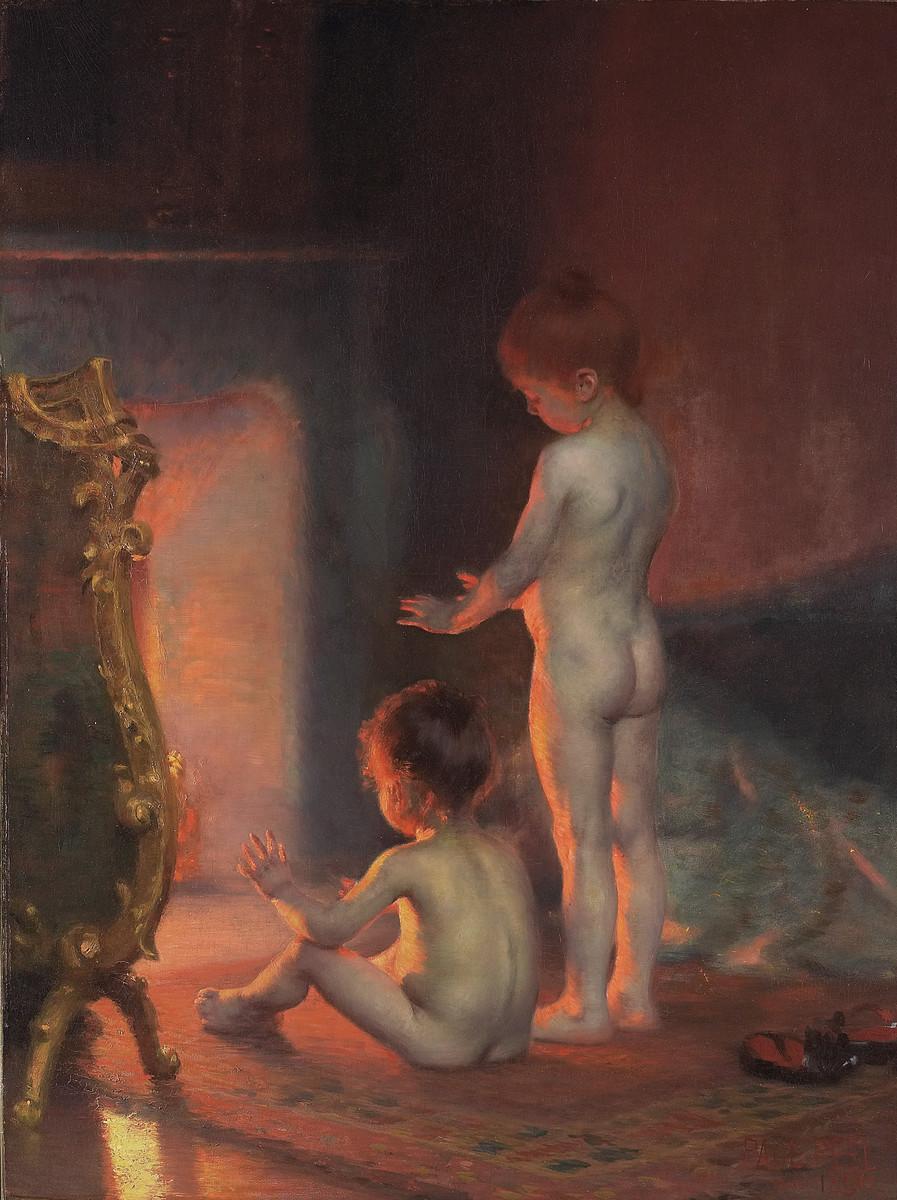
Paul Peel. After the Bath, 1890. Oil on canvas, Overall: 147.3 x 110.5 cm. Art Gallery of Ontario. Gift of the Government of the Province of Ontario, 1972. © Art Gallery of Ontario. 72/24
One of two Canadian artist to be recognized at the Paris Salon that year (the Australian-born, Canadian-raised portrait painter Edmund Wyly Grier having won a gold medal), After the Bath made Peel a celebrity back in Canada. The National Museum in Budapest, Hungary went on to purchase it.
Buoyed by his success, that fall, he returned to Toronto and on October 15, 1890, hosted an auction of his work. Despite garnering him considerable attention, it was a financial disaster with 64 paintings selling for a mere $2000. Peel returned to Paris quickly after. In the frenzied months that followed, he produced The Young Biologist and many more works, before dying in 1892 at the age of 31. Some speculate that his later paintings foreshadow a later shift to Impressionism had he lived.
Thirty years after his death, Paul Peel was again in the Toronto newspapers with the announcement that After the Bath was returning to Canada. It spent much of the 20th century in Oshawa, adorning the dining room of Parkwood, the stately home of R.S. McLaughlin, founder of what would become General Motors. Not wishing to see the painting leave the country on his death, in 1972 the painting was donated to the province of Ontario and in turn, presented to the AGO.
The Bubble Boy (1884) and A Young Biologist (1891) are currently on view as part of Reality and Reverie: Canadian and European Painting Beyond Impressionism, on view now on Level one of the AGO in the John & Nancy Mulvihill Gallery (gallery 127). After the Bath (1890) is on view in the Norma Ridley Members Lounge in the historic Grange House.
